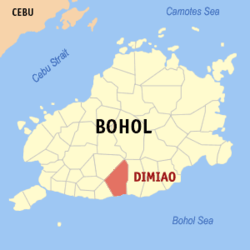
Dauin, officially the Municipality of Dauin is a 4th class municipality in the province of Negros Oriental, Philippines. According to the 2020 census, it has a population of 30,018 people.

Samboan, officially the Municipality of Samboan, is a 5th class municipality in the province of Cebu, Philippines. According to the 2020 census, it has a population of 20,373 people.

Alicia, officially the Municipality of Alicia, is a 4th class municipality in the province of Bohol, Philippines. According to the 2020 census, it has a population of 24,374 people.

Antequera, officially the Municipality of Antequera, is a 4th class municipality in the province of Bohol, Philippines. According to the 2020 census, it has a population of 14,990 people.

Baclayon, officially the Municipality of Baclayon, is a 4th class municipality in the province of Bohol, Philippines. According to the 2020 census, it has a population of 22,461 people.

Bilar, officially the Municipality of Bilar, is a 4th class municipality in the province of Bohol, Philippines. According to the 2020 census, it has a population of 18,512 people.

Catigbian, officially the Municipality of Catigbian, is a 4th class municipality in the province of Bohol, Philippines. According to the 2020 census, it has a population of 23,805 people.
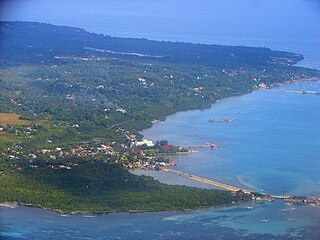
Dauis, officially the Municipality of Dauis, is a 4th class municipality in the province of Bohol, Philippines. According to the 2020 census, it has a population of 52,492 people. The town has many fine beaches, resorts, and a historic church, built in the 17th century. The Hinagdanan Cave is also a draw for tourists.
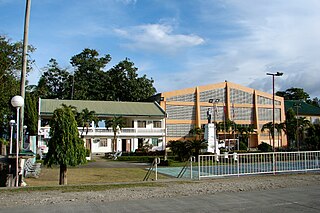
Duero, officially the Municipality of Duero, is a 4th class municipality in the province of Bohol, Philippines. According to the 2020 census, it has a population of 18,861 people.

Jagna, officially the Municipality of Jagna, is a 3rd class municipality in the province of Bohol, Philippines. According to the 2020 census, it has a population of 35,832 people.

Lila, officially the Municipality of Lila, is a 5th class municipality in the province of Bohol, Philippines. According to the 2020 census, it has a population of 12,240 people.

Loay, officially the Municipality of Loay, is a 5th class municipality in the province of Bohol, Philippines. According to the 2020 census, it has a population of 17,855 people.

Loon, officially the Municipality of Loon, is a 2nd class municipality in the province of Bohol, Philippines which was established in 1753. According to the 2020 census, it has a population of 44,224 people.

Mabini, officially the Municipality of Mabini, is a 4th class municipality in the province of Bohol, Philippines. According to the 2020 census, it has a population of 28,701 people.
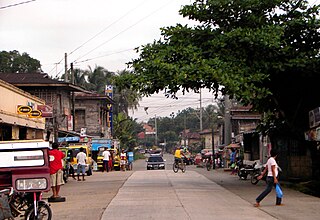
Maribojoc, officially the Municipality of Maribojoc, is a 4th class municipality in the province of Bohol, Philippines. According to the 2020 census, it has a population of 22,178 people.
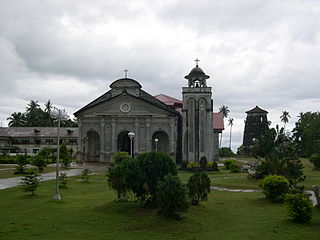
Panglao, officially the Municipality of Panglao, is a 4th class municipality in the province of Bohol, Philippines. According to the 2020 census, it has a population of 39,839 people.

San Isidro, officially the Municipality of San Isidro, is a 5th class municipality in the province of Bohol, Philippines. According to the 2020 census, it has a population of 9,909 people.

Sikatuna, officially the Municipality of Sikatuna, is a 5th class municipality in the province of Bohol, Philippines. According to the 2020 census, it has a population of 6,906 people.

Trinidad, officially the Municipality of Trinidad, is a 3rd class municipality in the province of Bohol, Philippines. According to the 2020 census, it has a population of 35,119 people.

Valencia, officially the Municipality of Valencia, is a 4th class municipality in the province of Bohol, Philippines. According to the 2020 census, it has a population of 28,392 people.

